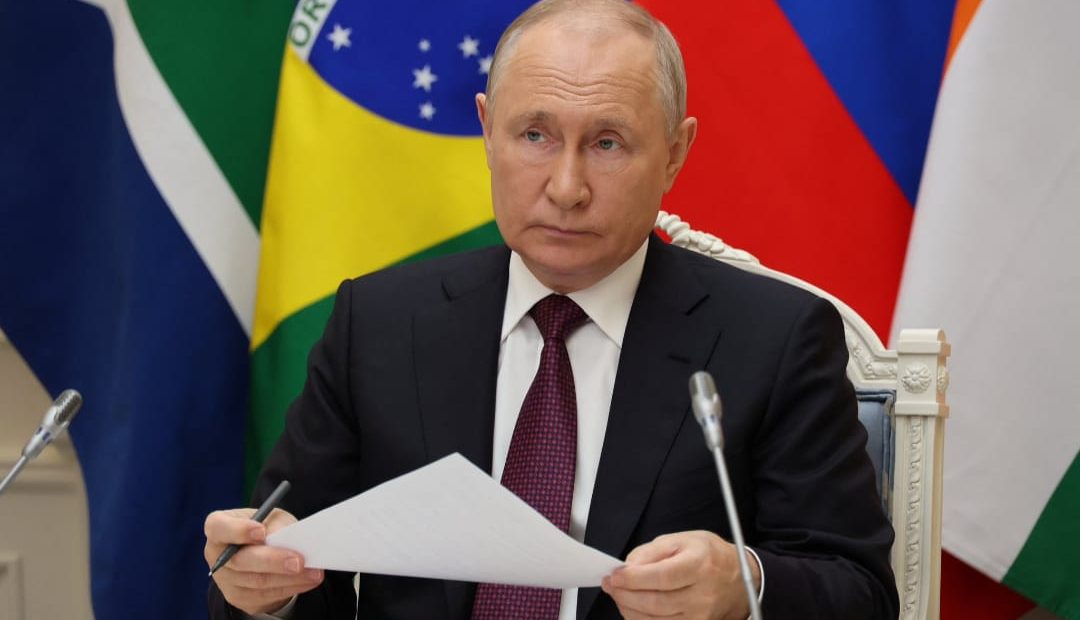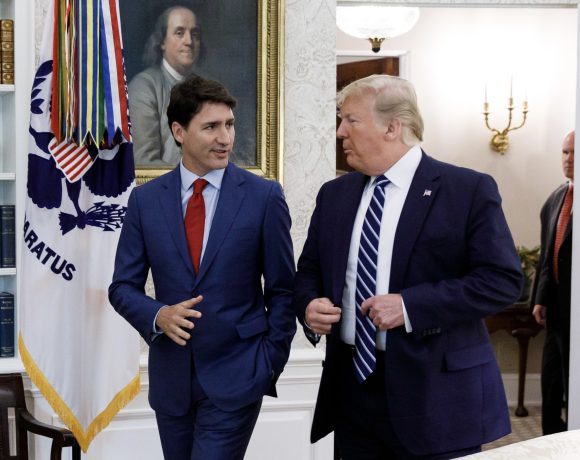
Russia Exits INF Treaty Over NATO Tensions
Russia has formally withdrawn from the Intermediate-Range Nuclear Forces (INF) Treaty with the United States. The decision was confirmed on August 5, 2025, marking the end of decades-long restrictions on the deployment of medium-range ground-based nuclear and conventional missiles.
Triggered by U.S. Submarine Deployment
The move comes after the U.S. deployed nuclear-capable submarines near Russian maritime zones. Russia claims the deployment, along with joint military exercises conducted by NATO allies in regions such as the Philippines and Australia, posed a direct threat to its national security.
Russian officials stated that NATO’s recent actions had crossed a red line and that the withdrawal from the treaty was a strategic response. They added that further military measures would be considered if tensions continue to rise.
Historic Treaty Now Defunct
The INF Treaty, signed in 1987, banned land-based missiles with ranges between 500 and 5,500 kilometers. It played a major role in reducing Cold War-era tensions. The U.S. had already withdrawn from the treaty in 2019, citing non-compliance by Russia, but Moscow had until now continued to observe parts of it.
With this latest decision, both sides are now free to develop and deploy missiles previously restricted under the treaty.
New START Treaty at Risk
This development has heightened fears of a renewed arms race, especially as the New START Treaty—the last remaining nuclear arms agreement between the two countries—is set to expire in February 2026. Without new agreements or extensions, arms control mechanisms could collapse entirely.
Diplomatic Moves Underway
While military posture is hardening on both sides, there are signs of back-channel efforts to restore dialogue. Russian leaders have cautioned against inflamed rhetoric and emphasized the need to avoid direct confrontation. Meanwhile, diplomatic engagement is being explored, though the outlook remains uncertain.


















